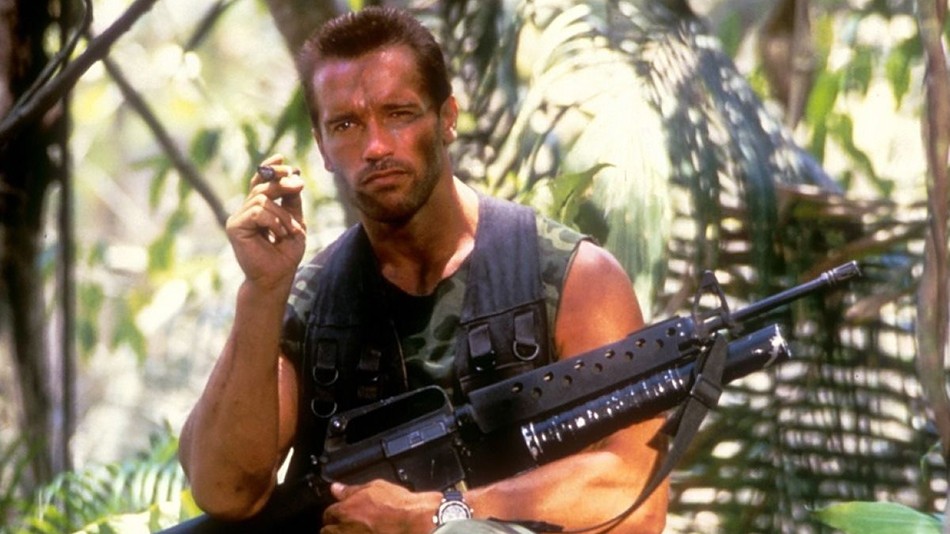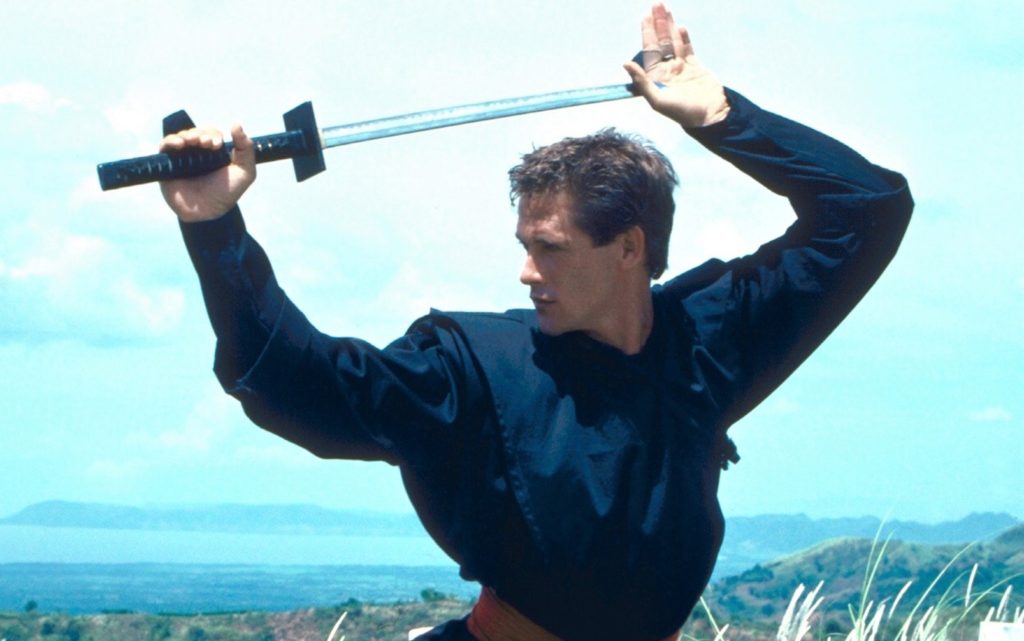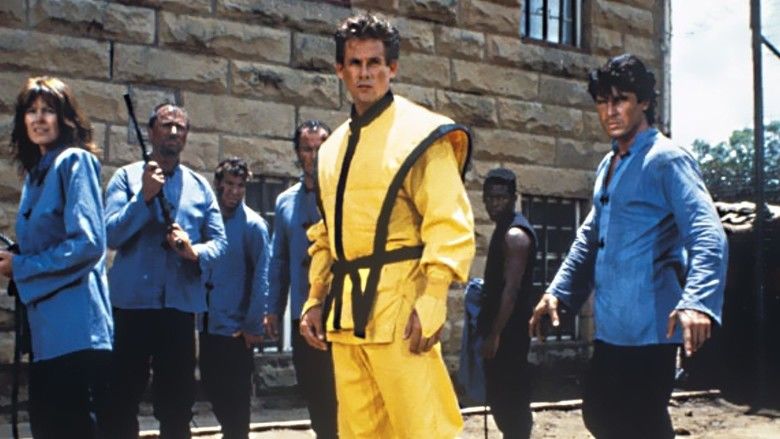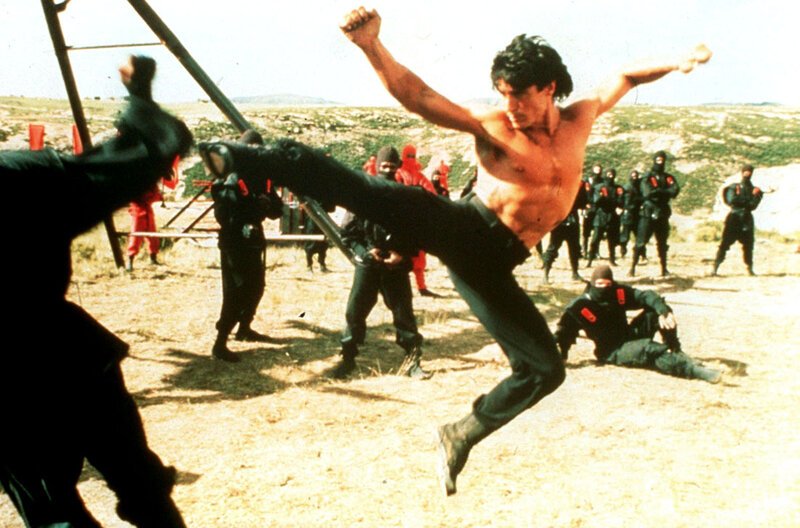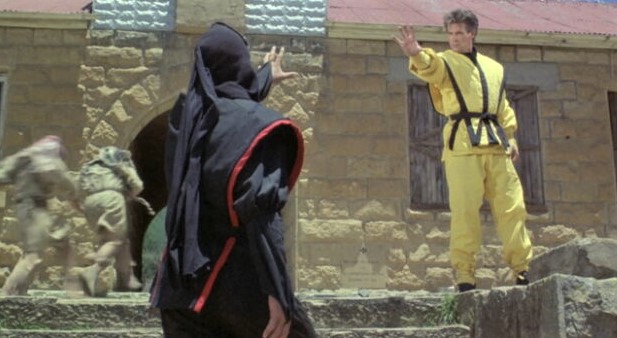Entertainment
When Jackie Chan Rejected To Fight Same As Bruce Lee
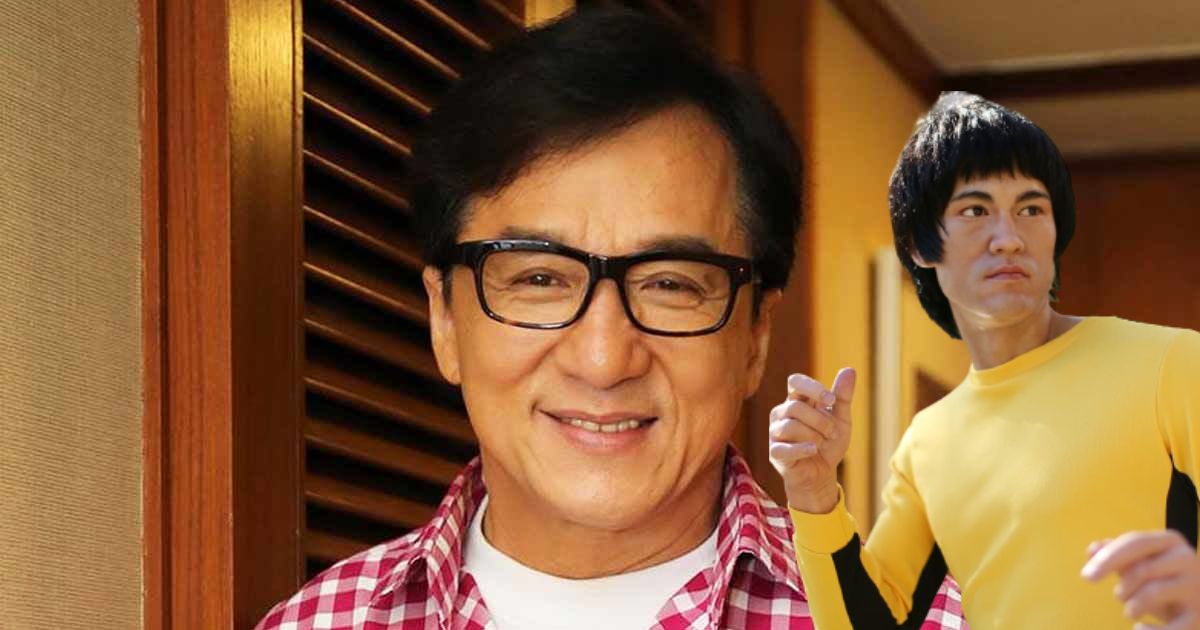
Entertainment
The Ultimate List of the Best Action Movie Hero Names
Entertainment
American Ninja 4: The Annihilation (1991) Biography, Plot, Trailer
Entertainment
Will Smith CONFRONTS Jim Carrey For HUMILIATING Him On Live TV
-
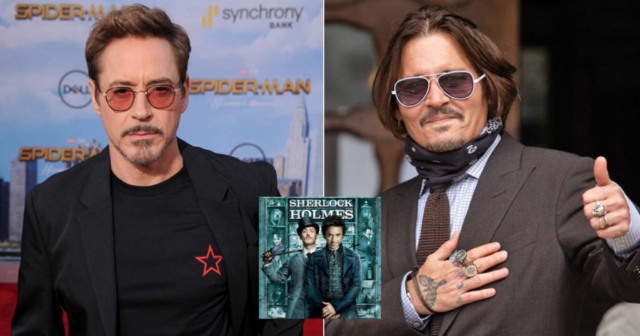
 Entertainment2 years ago
Entertainment2 years agoIn Sherlock Holmes 3, Johnny Depp will be the villain at Robert Downey Jr.’s request !
-
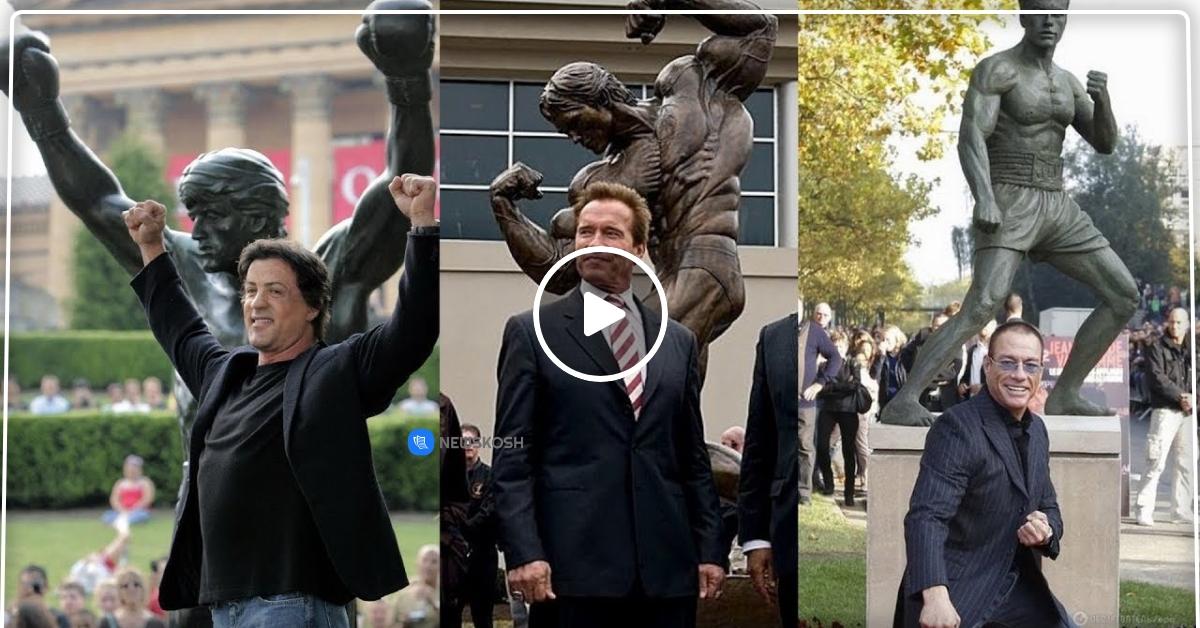
 Entertainment2 years ago
Entertainment2 years agoArnold Schwarzenegger, Sylvester Stallone and Jean-Claude Van Damme Training Motivation
-
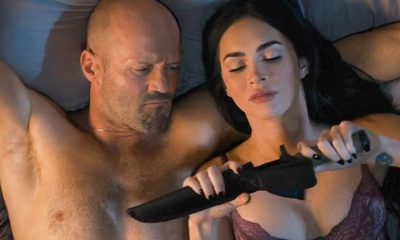
 Uncategorized11 months ago
Uncategorized11 months agoExpend4bles trailer: Megan Fox the gun-toting femme fatale romps around in bed with Jason Statham in R-rated instalment of Sylvester Stallone’s explosive franchise
-
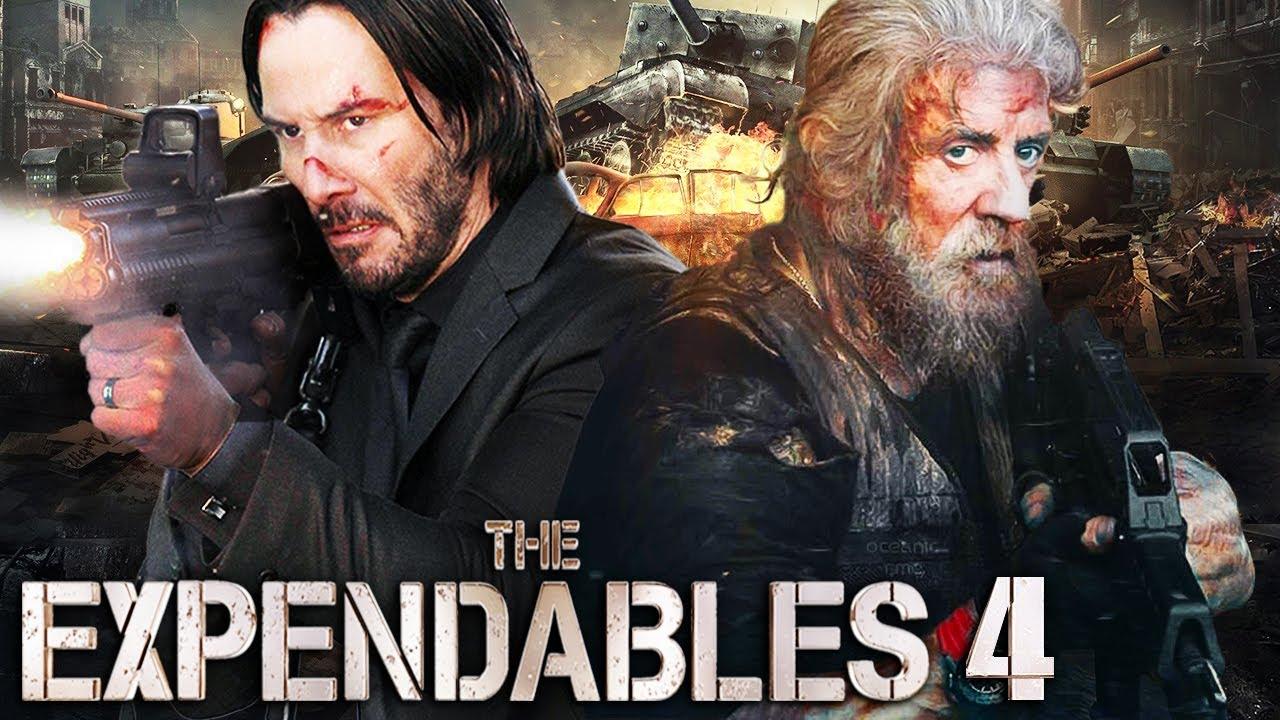
 Entertainment1 year ago
Entertainment1 year agoTHE EXPENDABLES 4 Leaked Information + Crazy Theories
-
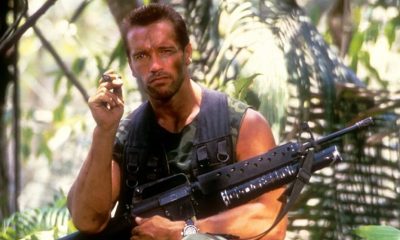
 Entertainment12 months ago
Entertainment12 months agoThe Ultimate List of the Best Action Movie Hero Names
-
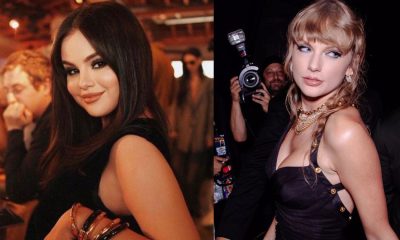
 Uncategorized9 months ago
Uncategorized9 months agoSelena Gomez, worried about the relationship between Taylor Swift and Travis Kelce
-
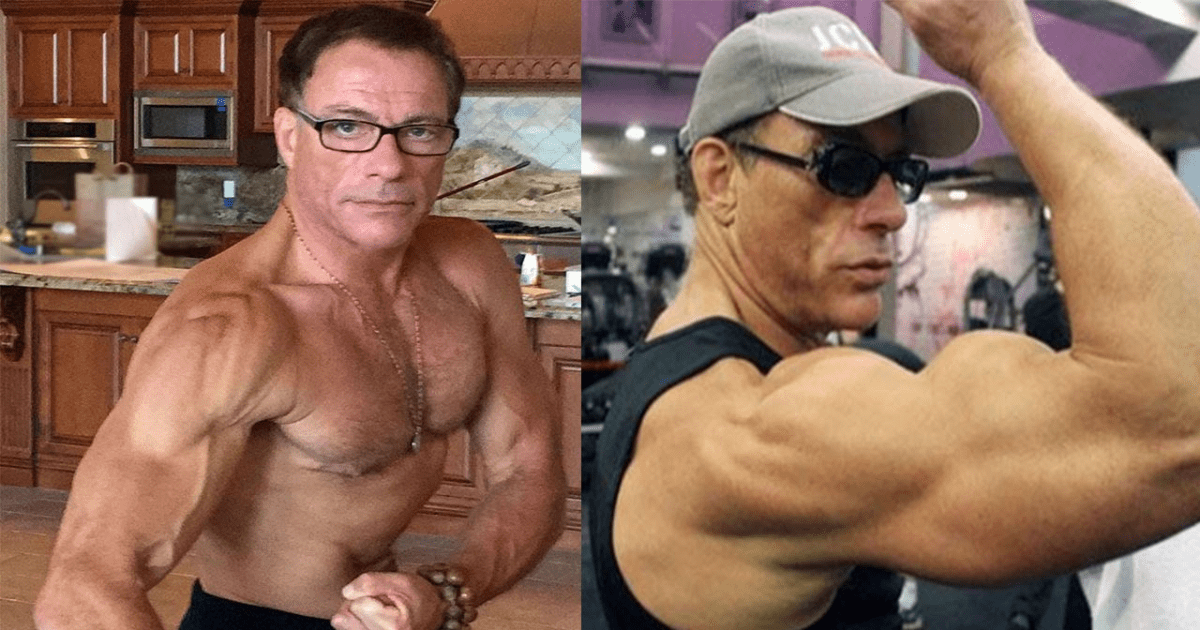
 Uncategorized1 year ago
Uncategorized1 year agoJean-Claude Van Damme To Retire, Reveals Final Movie Role
-
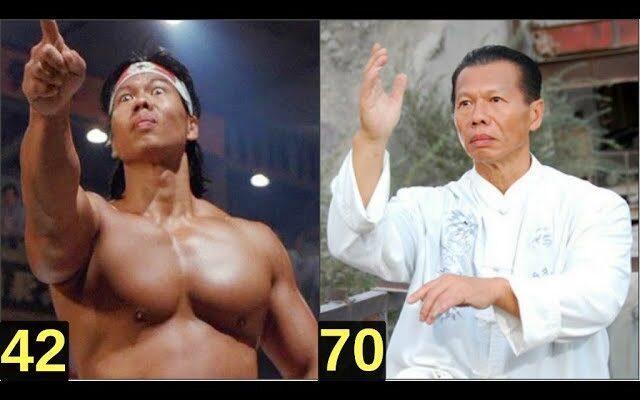
 Uncategorized1 year ago
Uncategorized1 year agoBolo Yeung (2023) From 23 To 71 Years Old

